Chimneys play a vital role in maintaining a healthy and safe indoor environment. Regular chimney maintenance is essential for several reasons. Firstly, it ensures the efficient operation of your fireplace or wood-burning stove. Secondly, it prevents the buildup of creosote, a highly flammable substance that can lead to chimney fires. Finally, chimney cleanliness is closely linked to indoor air quality, making it a key factor in creating a healthy living space.
Consequently, chimney sweeping emerges as a crucial practice to keep creosote at bay in the quest for a safer and healthier home environment. Creosote buildup in chimneys poses a potential fire hazard, making regular maintenance a priority for homeowners.
When considering professional chimney sweeping services, it’s essential to rely on experienced and trustworthy experts like United Home Services, which offers chimney sweep services in the surrounding cities of Texas, including:
Trustworthy chimney sweep company in Dallas, TX
Professional chimney sweeping services in Forth Worth, TX
Best chimney sweep company in Rowlett, TX
Comprehensive chimney sweep services in Plano, TX
Moreover, neglecting chimney care can result in costly repairs down the line. By reading this blog, you will have new information on why is it important to have your chimney cleaned, resulting in a controlled creosote build-up.
Understanding Creosote
What is Creosote, and How Does it Form?
Creosote is a black, tar-like substance that accumulates inside chimneys. It forms from incomplete combustion when burning wood or other fuels in your fireplace or stove. When hot gases and smoke rise to the chimney, they cool down, condensing into creosote and sticking to the walls. Over time, this buildup can become a significant problem, affecting the efficiency and safety of your chimney system.
The Three Stages of Creosote Build-up
Creosote buildup occurs in three stages. In Stage 1, creosote appears as a light, flaky deposit that’s relatively easy to remove. However, if left unchecked, it progresses to Stage 2, where it takes on a thicker and more stubborn consistency. Stage 3 is the most dangerous, transforming into a shiny, hardened glaze that can lead to chimney fires if left untreated. Understanding these stages is essential for assessing the severity of creosote buildup in your chimney.
Health and Fire Hazards Associated with Creosote
Creosote isn’t merely a cosmetic issue; it poses serious health and fire hazards. When creosote accumulates, it can obstruct the chimney, causing smoke and harmful gases to enter your home, potentially leading to carbon monoxide poisoning. Additionally, Stage 3 creosote is highly combustible, increasing the risk of chimney fires, which can result in property damage and endanger lives. Regular chimney maintenance is vital for preventing these hazards.
Principles of Chimney Sweeping
Historical Background of Chimney Sweeping
Chimney sweeping has a rich history dating back centuries when it was a necessary and sometimes hazardous profession. Today, it’s a vital service to maintain safe and efficient chimneys, although modern techniques have drastically improved safety. These advancements have made chimney sweeping an essential part of home maintenance, ensuring that chimneys remain free from creosote buildup and other potential issues.
Modern Chimney Sweeping Techniques
Modern chimney sweeps utilize advanced tools and technology to remove creosote buildup efficiently. Rotary brushes, high-powered vacuums, and video inspection cameras are just a few examples of the equipment employed. These techniques ensure effective creosote removal and minimize mess and disruption in your home. By embracing these modern methods, chimney sweeps can provide a thorough and efficient service.
The Role of the Chimney Sweep in Creosote Control
Chimney sweeps are crucial in controlling creosote buildup and maintaining chimney safety. Their expertise ensures that your chimney remains safe and efficient, reducing the risks associated with creosote and maintaining a healthy indoor environment. Trusting a professional chimney sweep is an intelligent investment in the well-being of your home and family.
The Sweeping Process
Inspection: The First Step in Chimney Care
Before sweeping, a thorough inspection is conducted to assess the chimney’s condition. This step helps identify structural issues, creosote buildup, or blockages needing attention. A detailed inspection is the foundation of effective chimney care, allowing sweeps to tailor their approach to your needs.
Tools and Techniques for Effective Creosote Removal
Chimney sweeps employ specialized tools and techniques tailored to your chimney’s needs. These may include using rotary brushes, scraping tools, and high-efficiency vacuums. They ensure thorough creosote removal while preventing damage to the chimney liner or masonry. By utilizing the right tools and techniques, sweeps can provide a comprehensive and safe creosote removal service.
Post-Sweeping Safety Checks
After the sweeping is complete, sweeps perform safety checks to confirm that your chimney is in optimal condition. This final step ensures your safety and peace of mind. They inspect for any remaining creosote, obstructions, or structural issues requiring further attention. This meticulous approach guarantees your chimney is ready for use without any hidden risks.
Frequency of Chimney Sweeping
Factors Determining Sweeping Frequency
The frequency of chimney sweeping varies depending on usage, fuel type, and the appliance connected to the chimney. Sweeping schedules are tailored to your specific circumstances. Homes with frequent fireplace or stove use require regular chimney maintenance to control creosote buildup effectively.
Signs Your Chimney Needs Sweeping
It’s essential to be aware of signs that indicate your chimney needs attention. These include increased indoor smoke, a strong creosote odor, or decreased heating efficiency. Regular maintenance can prevent these issues. Ignoring these signs can lead to creosote-related problems that compromise the safety and functionality of your chimney.
Seasonal Considerations for Chimney Maintenance
Consider seasonal changes when planning your chimney maintenance. Sweeping before the heating season ensures your chimney is safe and efficient during the colder months. Regular inspections and maintenance help you breathe easier and enjoy a cozy, worry-free winter. Proper maintenance aligns with the changing seasons to keep your home comfortable and secure year-round.
DIY vs. Professional Chimney Cleaning
Pros and Cons of DIY Sweeping
When it comes to chimney cleaning, the do-it-yourself approach may seem cost-effective. You can find chimney sweeping kits at your local hardware store and follow online tutorials. However, DIY sweeping has its downsides. Inexperienced homeowners might miss hidden creosote buildup or damage, risking safety and efficiency. Moreover, improper cleaning can inadvertently release toxic particles into your home. Considering DIY chimney sweeping, weighing the cost savings against the potential risks is essential.
When to Call a Professional Chimney Sweep
Calling in a professional chimney sweep is advisable in several situations. Firstly, it’s time to consult a professional if you need clarification on your chimney’s condition or if it has been over a year since it has been cleaned. Additionally, if you notice any signs of chimney damage or creosote buildup, such as unusual odors or difficulty starting a fire, it’s best to leave it to the experts. Professional chimney sweeps have the experience and tools to ensure a thorough and safe cleaning, reducing the risk of chimney fires and other hazards.
Ensuring Compliance with Safety Standards
When hiring a professional chimney sweeper, you’re investing in a cleaner chimney and ensuring compliance with safety standards. Certified sweeps are well-versed in local regulations and codes, guaranteeing that your chimney meets safety requirements. This can be especially important if you plan to sell your home, as a well-maintained chimney can increase its market value. By entrusting your chimney cleaning to a professional, you enhance safety and safeguard your investment.
Benefits of Regular Chimney Sweeping
Extending the Life of Your Chimney
Regular chimney sweeping plays a vital role in extending the life of your chimney. If left unchecked, Creosote buildup can corrode the chimney liner and lead to structural damage. This damage can be costly and may even require a complete chimney rebuild. By scheduling regular chimney sweeps, you prevent creosote from causing long-term harm, ensuring your chimney’s longevity and functionality.
Improving Home Air Quality
Beyond protecting your chimney, regular sweeping positively impacts your home’s air quality. Creosote, when burnt, can release harmful particles into the air, leading to respiratory issues and reduced indoor air quality. Sweeping removes creosote buildup, reducing the risk of these particles infiltrating your home. As a result, you and your family can breathe easier, enjoying a healthier living environment.
Reducing the Risk of Chimney Fires
The most significant benefit of regular chimney sweeping is reducing the risk of chimney fires. Creosote buildup is highly flammable and can ignite within your chimney, leading to a dangerous and potentially devastating chimney fire. Keeping your chimney clean eliminates this fire hazard, providing peace of mind and ensuring the safety of your home and loved ones. Regular chimney sweeps are a small investment that can significantly impact your safety and overall well-being.
In conclusion, chimney sweeping is not just a matter of convenience; it’s a critical step in safeguarding your home and loved ones. Addressing creosote buildup and ensuring proper ventilation promotes a healthy living space and reduces the risk of chimney fires. Whether you choose professional services or tackle it yourself, regular chimney maintenance is an investment in safety and peace of mind, allowing you to breathe easier and enjoy a cozy, worry-free home environment.
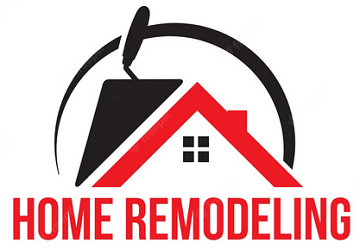
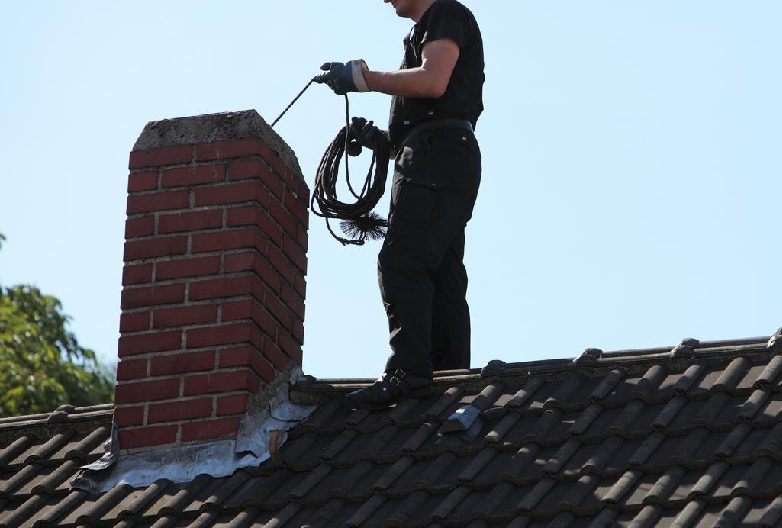
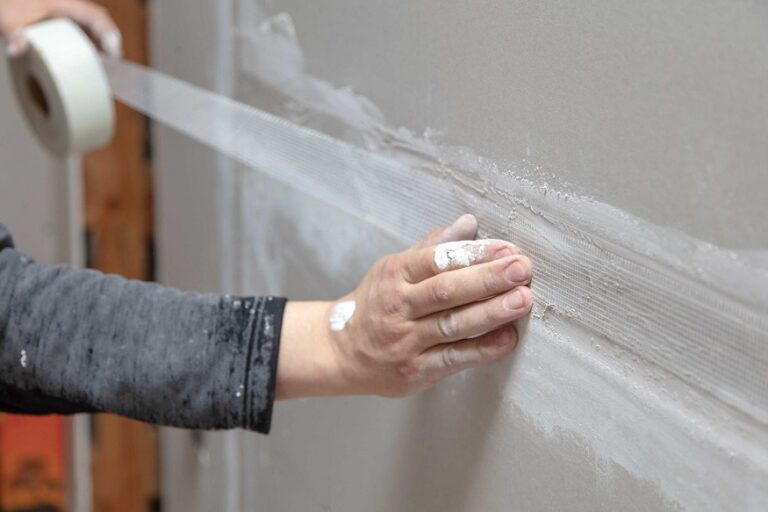

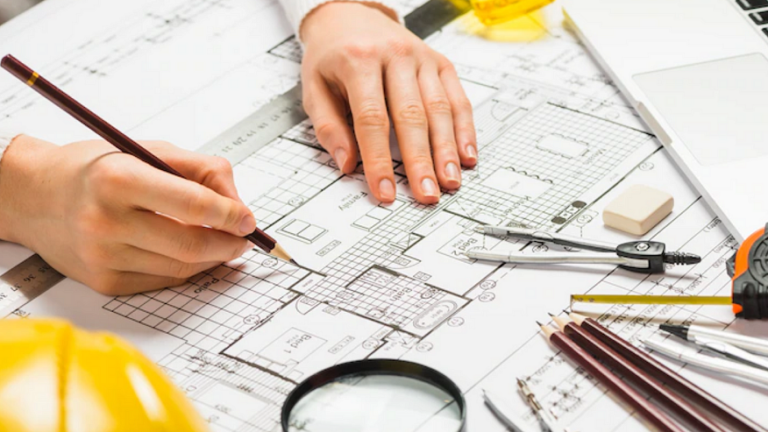



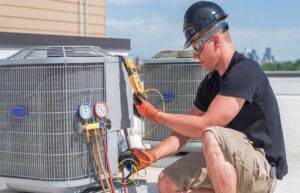
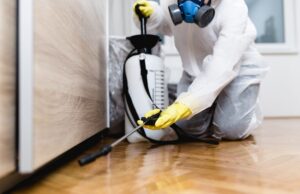
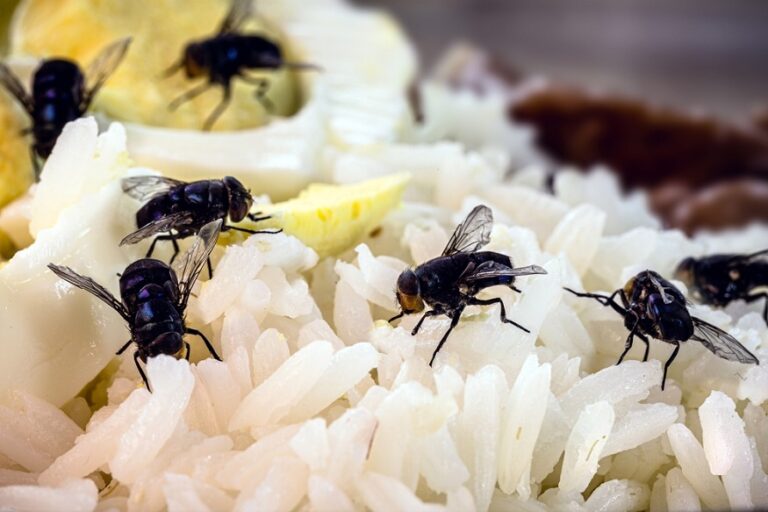
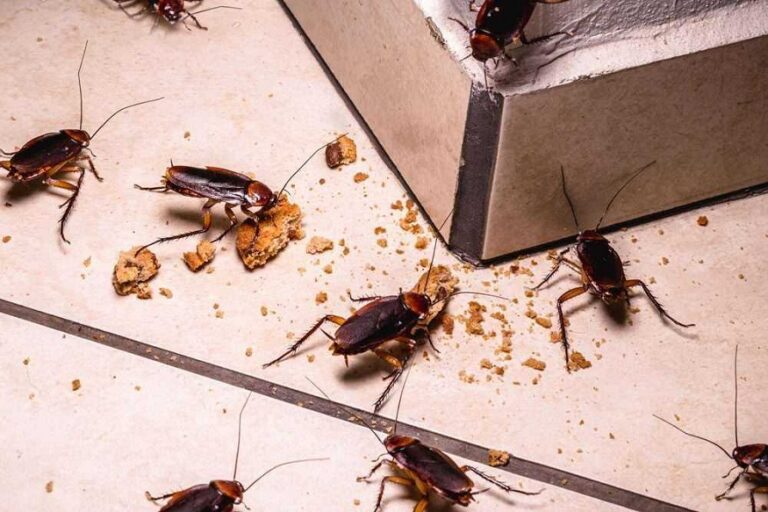
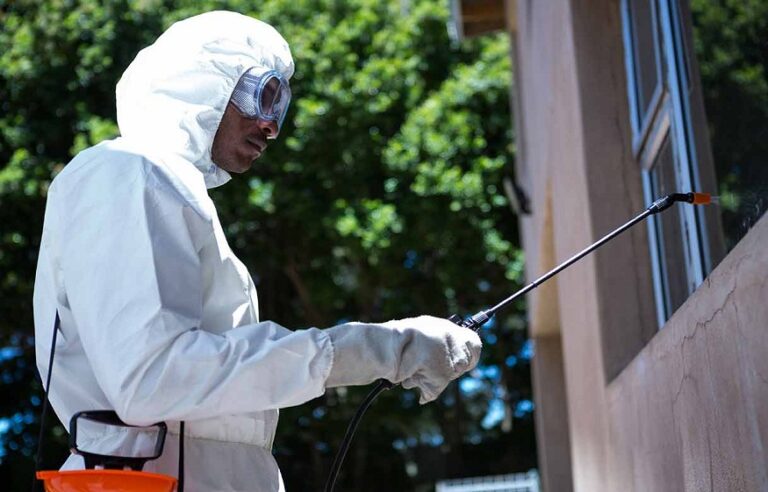
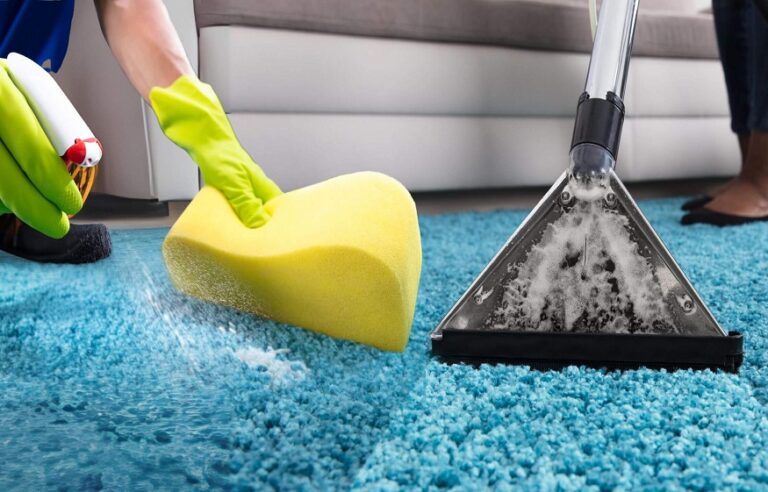
+ There are no comments
Add yours